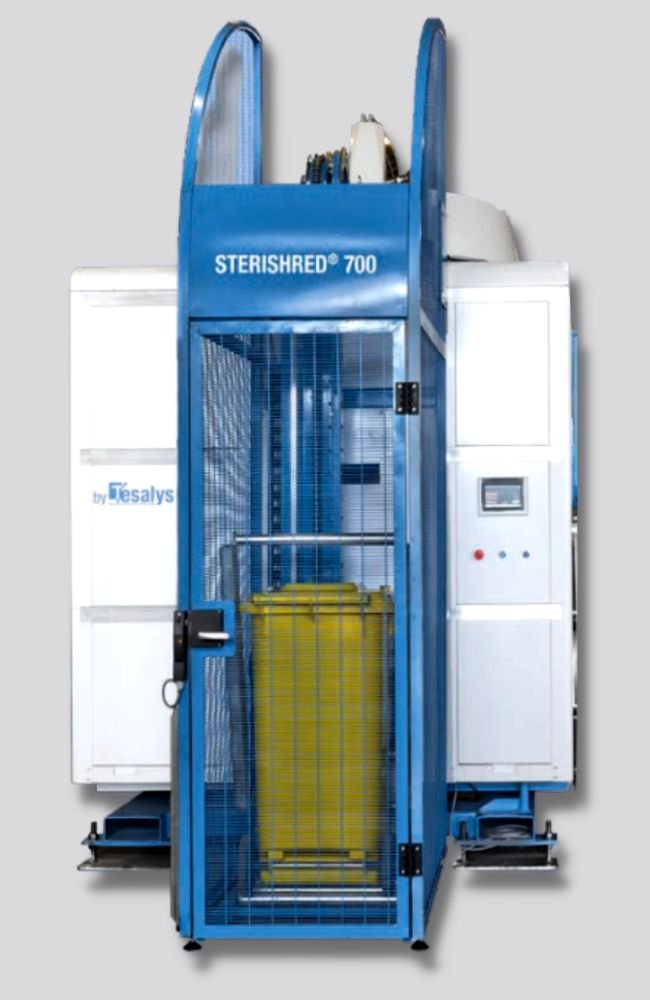Knowledge Hub
Insights and information on emerging issues in public health and how our solutions can help health authorities and facility administrators
Cut Costs by Treating Medical Waste Onsite
With the right technology and investment, health care facilities can actually save more in the long run by treating medical waste onsite rather than relying on third-party waste haulers

While the onsite treatment of hazardous health care waste is widely perceived as a costly investment and can only be afforded by large medical facilities that generate a significant volume of hospital waste, the prevailing COVID-19 pandemic and its associated increase in medical procedures presents an opportunity to revisit how much the country’s public health care facilities are spending on their existing waste management solutions. Although requiring a substantial initial capital outlay (ranging between ten to twenty-five million pesos, depending on the waste volume generated by a facility), computations show a staggering amount of savings from onsite waste treatment operational expenses compared to the costs of having waste hauled by contracted service providers.
Cost-comparison case example
Waste haulers in the Philippines charge an average of PHP25.00 up to PHP40.00 for every kilogram of medical waste to be hauled out of health care facilities. This translates to expenses of about PHP750,000.00 each month for a 1,000-bed capacity hospital that generates an average of 900-1,000 kilograms of waste per day or some 30,000 kilograms per month. With only limited authorized disposal and treatment sites around the country, hauling costs become more expensive the farther a medical facility is from the authorized disposal or treatment site.
In contrast, the TESALYS Sterishred700 which has a machine capacity of up to 100 kilograms per hour and can process 1,000 kilograms of waste under 10 cycles would only cost a medical facility a little more than PHP145,000.00 per month (with electricity costs at about PHP9.00 per kilowatt-hour and an average of 45KW for every one-hour treatment cycle; water costs at about PHP25.00 per cubic meter and average of 85 cubic meters per month; labor costs of about PHP13,000.00 month for the machine operator. Of course electricity, water, and labor costs may vary for each facility location but the overall expense remains within a range far below the costs of having untreated waste hauled.
This estimate cost is also inclusive of about PHP8,300.00 in having treated medical waste hauled which is far cheaper at PHP1.00 per kilogram considering an 80% and 25% reduction in waste volume and weight respectively after undergoing the Tesalys treatment process.
With already treated and shredded hazardous health care waste at their disposal, health care facilities are now also in a position to establish more pro-active environmental solutions such as partnering with resource recovery and upcycling centers that can in turn transform treated medical waste into useful and enterprise-stimulating materials.

Investing in a TESALYS medical waste autoclave is investing in health care without harming the environment
The long-term benefits of spending for an onsite medical waste treatment facility clearly outweigh its initial investment costs. Our computations above based on prevailing and average prices demonstrate that for every PHP100 a hospital spends for hauling infectious waste, they stand to save PHP80.64 with an onsite waste treatment facility. This means that it is just in a matter of a couple of years before public health care facilities recover their initial investment out of the savings from their waste hauling expenses.
On top of these costs savings, having a medical waste treatment equipment onsite also gives health care facilities a sense of security and a greater certitude of their compliance with existing regulations. With its fully automated technology, each Tesalys medical waste autoclave generates a report, printed out as a receipt documenting the treatment result and showing proof of inactivating the hazardous elements and the resulting sizes of the treated/shredded particulates.
